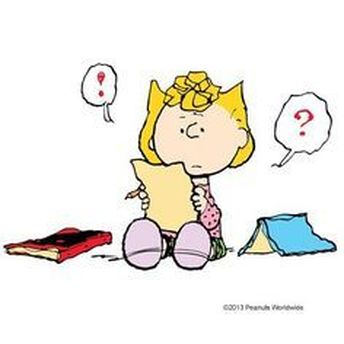|
With Halloween around the corner and so much excitement in the air , it's been a very interesting week. In spite of anxious children awaiting next week's festivities, students worked hard this week and a lot was learned.
Here is a summary of what happened in our classroom: In Langauge Arts...
REMINDERS AND ANNOUCEMENTS
0 Comments
For many children it can be a little hard to come back to school after a break, but it was a fun-filled week and we were able to get right back into our routines like we never missed a beat! We spent a little bit of each day practicing our poems with a partner. Students came up with introductions for their selections. Midweek, on Wednesday and Thursday the students presented their selections to the class. Wow! The interpretations were amazing! Later on Friday a few students were selected from our class to present to our fourth grade buddy class.
Here is a summary of what happened in our classroom: In Langauge Arts...
In math...
In Social Studies...
REMINDERS AND ANNOUCEMENTS
|
Proudly powered by Weebly

 RSS Feed
RSS Feed